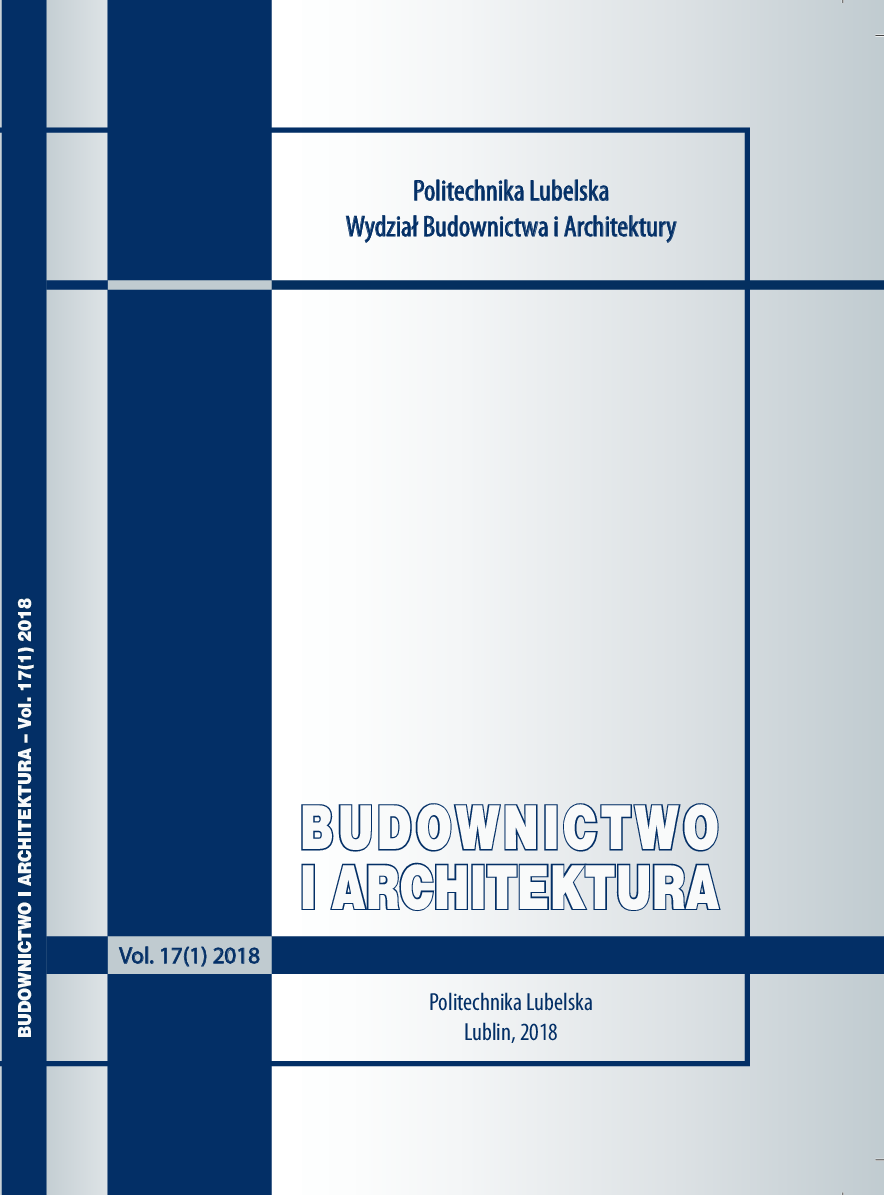Niemiejskie funkcje w strukturach zurbanizowanych jako katalizator życia w mieście
Non-urban functions in urban areas as a catalyst for urban life
Author(s): Justyna KleszczSubject(s): Architecture, Agriculture
Published by: Biblioteka Politechniki Lubelskiej
Keywords: city; urban agriculture; urban farming; agropolis; agrihood;
Summary/Abstract: The paper is intended to approximate the role of multifunctional structures combining typical urban and non-urban functions into one spatial form, which make them nodal points on the local and supra-local scale. These points will be architectural forms of various scales – both those which build space through cubature and create only spatial frames – “anti-cubature”. Introduction to cities functions commonly associated with rural areas, such as agriculture in a variety of forms, animal husbandry, industrial agricultural production, is an inspiration to creating unobvious connections with housing, transportation, offi ce, education, and not only with the area of recreational green in the city. More and more often, buildings of this type become iconic elements of the city structure, both in its physical and virtual space of the “unbuilt” city. Examples of utopian visions created for major metropolises such as New York, Paris, and Vancouver show the importance of small correction of the given space functional program, allowing it to be transformed from lateral into node structure. The Pasona Urban Farm in Tokyo, visions of Vincent Callebaut, WORK Architecture Company or Terreform group, but also the more intimate Amersfoort and Villa Augustus projects in Dordrect Hoeve Biesland, show the power dormant in non-urban center – creating functions., Hoeve Biesland, show the power dormant in non-urban center – creating functions.
Journal: Budownictwo i Architektura
- Issue Year: 17/2018
- Issue No: 2
- Page Range: 81-90
- Page Count: 10
- Language: Polish

